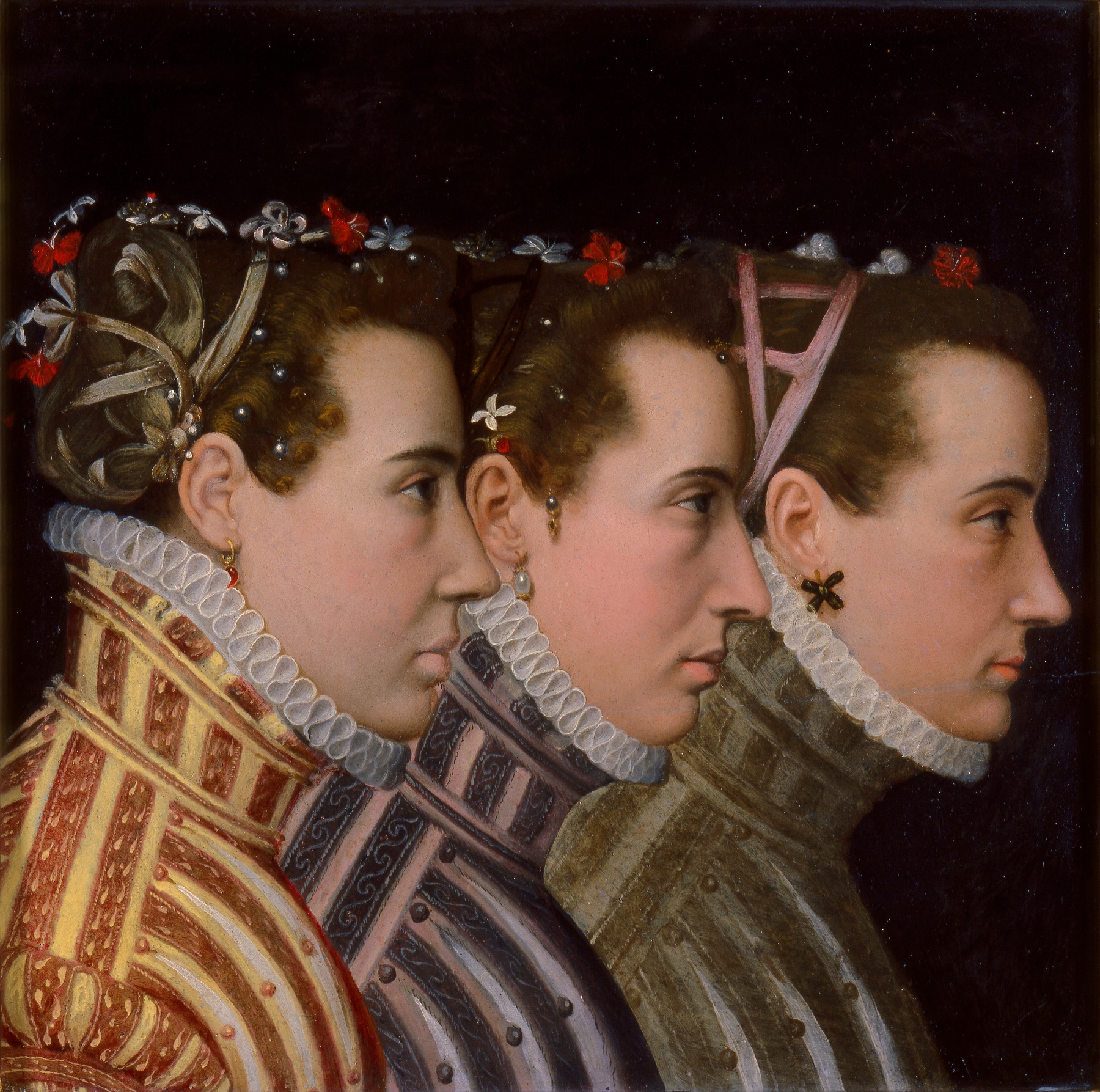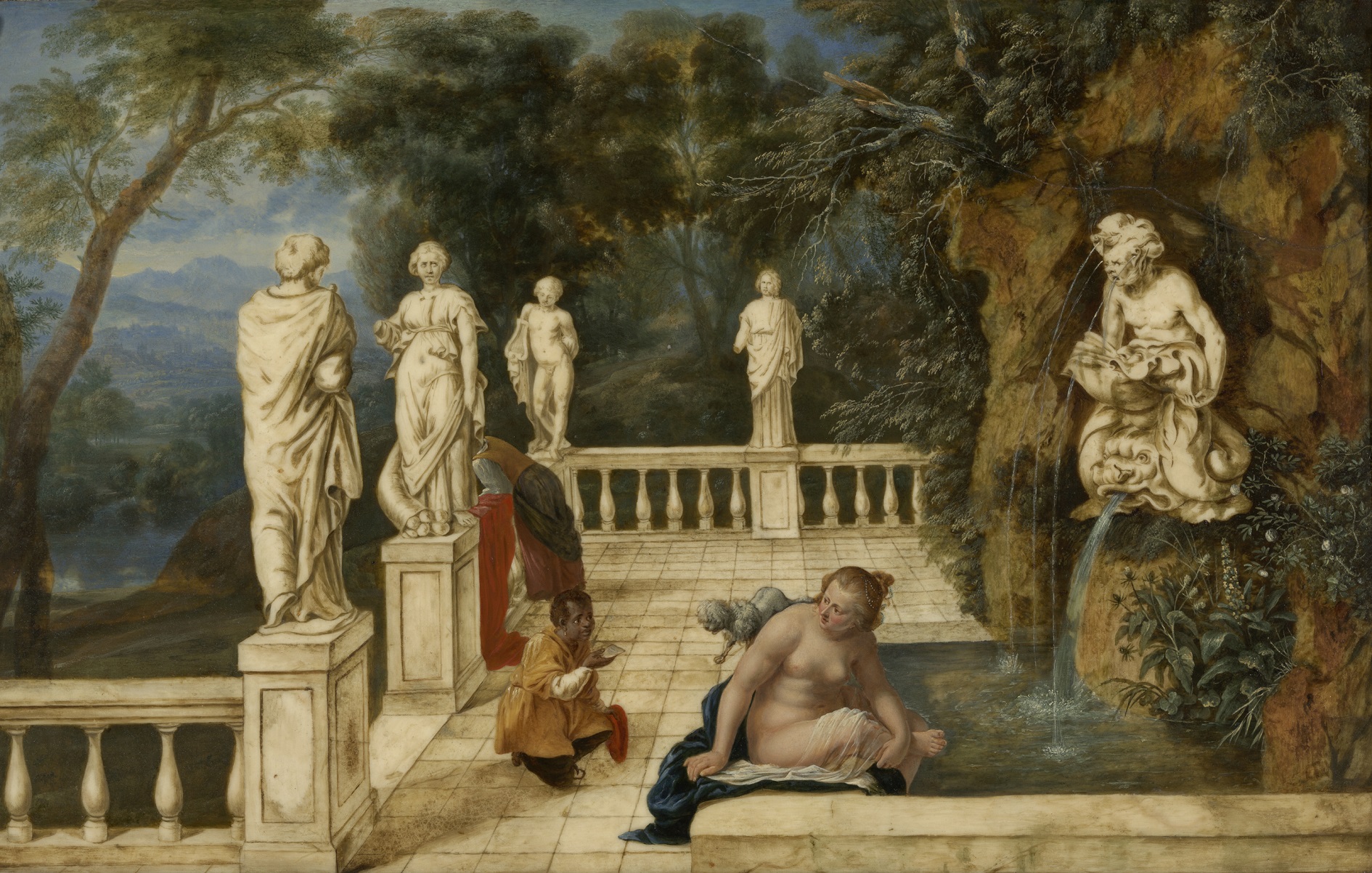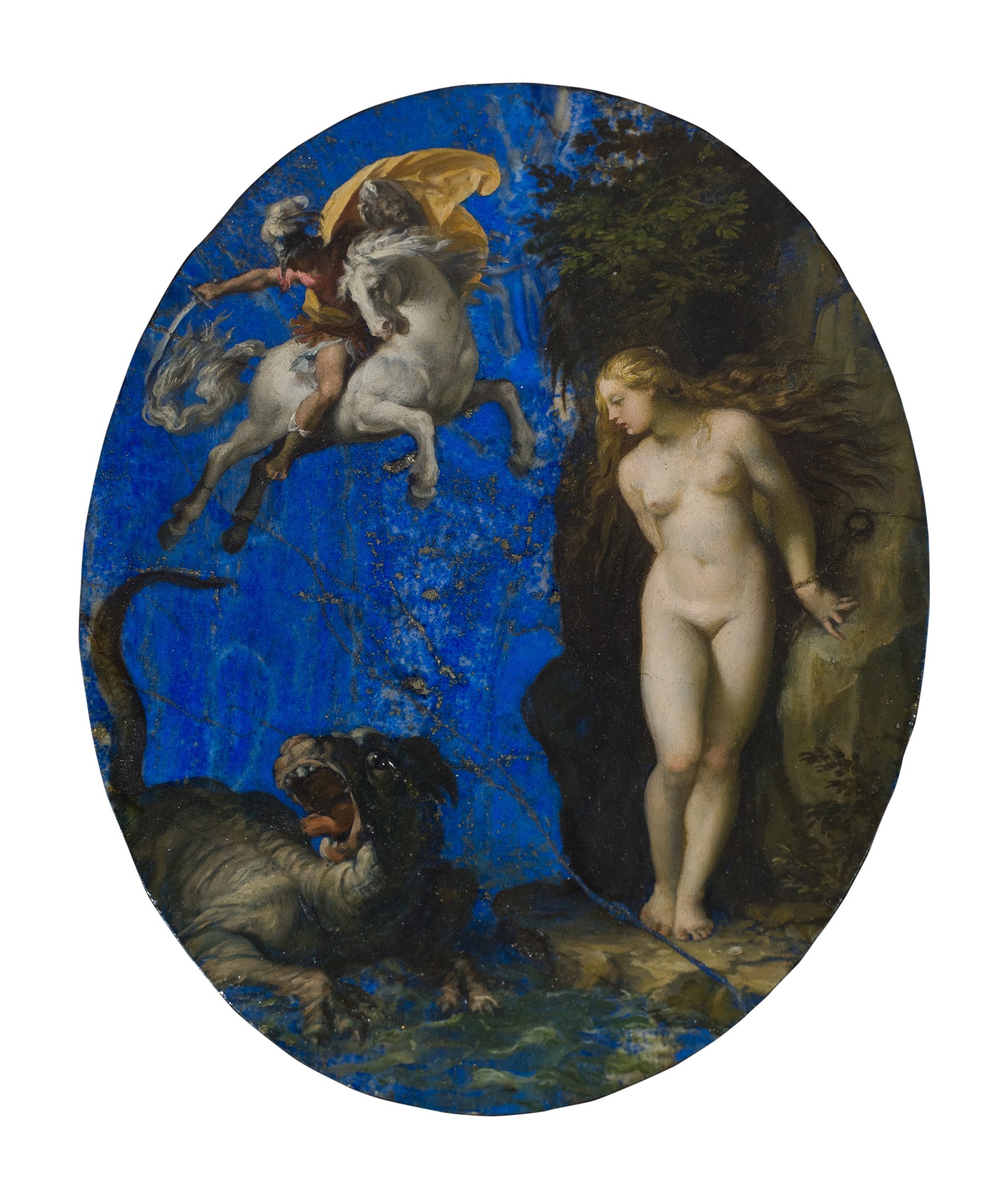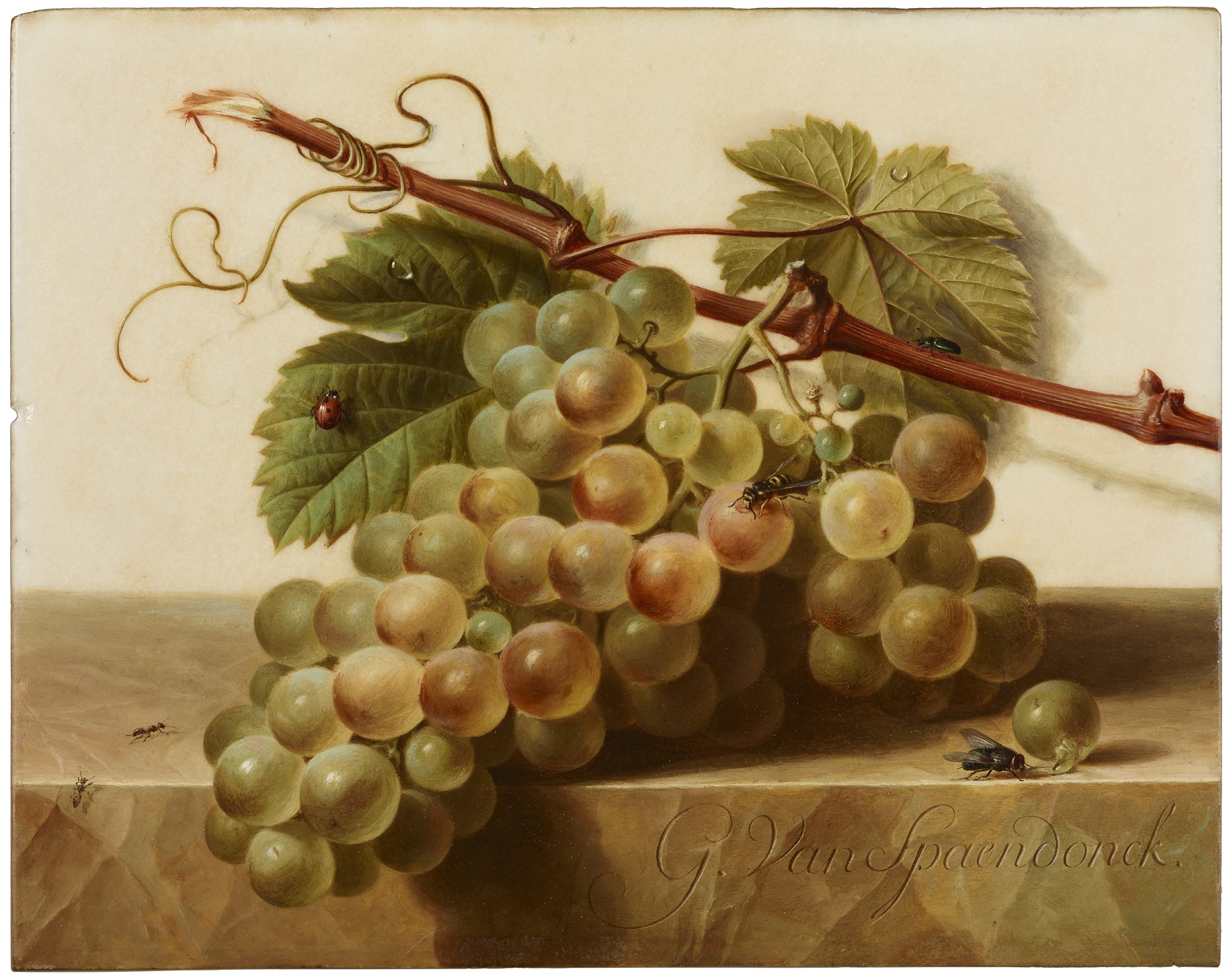
Beginning this weekend, you’ll find the largest and most comprehensive exhibition of Renaissance and baroque paintings on stone on display at the Saint Louis Art Museum.
“Paintings on Stone: Science and the Sacred 1530-1800” opens Sunday, Feb. 20, and runs through Sunday, May 15. The exhibition was initially scheduled to open in 2020, but was delayed due to the COVID-19 pandemic.

The exhibition comprises of 76 works that use the 16th-century European practice of painting on stone surfaces – a tradition long ignored by art scholars and historians. Instead of painting on a panel or canvas, artists utilizing this technique created vivid works of art against lapis lazuli, marble, slate, amethyst, alabaster and other stone surfaces. Featured works from the 16th and 17th centuries – many of which have never been on public display – include sacred images, mythological themes and portraits.

Venetian Renaissance painter Sebastiano del Piombo – who was known for being experimental and innovative with his work – is credited with developing the technique in Rome. The earliest known examples began to emerge in the 1530s and 1540s, and the practice continued to flourish for the next 100 to 150 years.
Saint Louis Art Museum senior curator Judith Mann says “Paintings on Stone” took more than 15 years to research, gather and assemble, adding that much of the time-consuming work involved identifying and locating the various artwork.
“Some of these were not published. Sometimes, museums did not even know they had them in their collections, or they were incorrectly catalogued as on panel rather than stone,” Mann said.
And even when a piece of art is confirmed to be in existence, Mann explains that most pieces that are considered for major exhibitions need further examination.
“Sometimes, you have to go to little out-of-the-way places, like a town in Hungary,” she said. “Esztergom is a little town represented (in the exhibit) by a very interesting panel. It took a couple of tries before I actually made it to Esztergom – so, those kinds of things take a while.”
Mann explains the initial idea for the exhibit came following the museum’s purchase of a small yet exquisite 1590s painting by Cavaliere d’Arpino, “Perseus Rescuing Andromeda,” in 2000.

“I’d never seen anything like it, and that’s what triggered my interest,” Mann recalled. “I really learned from the very beginning a whole new aspect of Renaissance and baroque visual culture that I didn’t know anything about.”
Mann says her further study and discovery of this often-overlooked pan-European practice shows the ingenuity of the artists themselves.
“At the beginning, they painted the stone almost completely,” Mann noted. “So, it wasn’t the visual quality of the stone – the fact that they were using stone added meaning to the work of art. It made a portrait; it reminded us that portraits are eternal. The idea was important, but not the visual.”

Mann adds that in the 1580s and ‘90s, artists began to have access to a greater variety of different types of stone such as lapis, alabaster and others.
“It’s when artists started to get really creative and utilize the stone itself – the markings of the stone, the configuration, the colors – into the composition,” she said. “When you look at enough of these things, you really begin to marvel at the ways some artists had very cleverly employed the visual aspects of the stone in the finished work.”
“Paintings on Stone” will be on display at the museum’s Main Exhibition Galleries from Feb. 20 to May 15. Admission is $12 for adults, $10 for seniors and students, and $6 for children ages 6 to 12 (free for children 5 and younger). Tickets are available on Metrotix. The exhibit is free for museum members.
To coincide with the exhibition, a two-day virtual symposium will be held beginning Thursday, April 7, to address how stone is used as a painting support, as well as to discuss other artists and artworks and the collecting of stone paintings. Another virtual presentation on Friday, April 22, will focus on the subject from a geological perspective. Both presentations are free, but registration is required.





